Retail Technology Show 2024 review: spotlight on payment strategies and frictionless customer journeys
“Reducing friction at all costs,” is the primary driver for the online sports nutrition firm Bulk, said Aidan Connor, its Digital Product & Data Director at a Payment Strategy conference session at Retail Technology Show (RTS) 2024 in London last week.
Fellow panellists from Crew Clothing and Ann Summers agreed, with the latter’s Technology Director, Jeannette Copeland, adding a “frictionless journey is key” and explaining that Ann Summers “would offer every payment type if it was cheap and easy enough to do”. It isn’t.
Getting your payments right isn’t always so easy with the multitude of options presently available from mobiles, cards, digital wallets, QR or discount codes, to buy now pay later (BNPL) and Open Banking PaybyBank functionality account-to-account (A2A) options.
All of these, or at least most, need to be integrated into a retailer’s operations, sometimes in-store and online, depending on their business model. A payment orchestrator is sometimes used. Certainly, card schemes, PSPs and other partners will be used.
Open Banking and APIs
“Bringing online pay options into the store is particularly interesting for me,” said Copeland.
A2A transactions, for instance, using the power of open APIs to enhance connectivity and data sharing mechanisms, tend to avoid expensive card interchange fees.
But the arguments about the A2A commercial model and variable recurring payments (VRPs) in the UK, particularly who pays for dispute resolution, is still being had in Britain, as the recent Pay360 show in London showed. In other parts of the world, such as Australia, it is already an accepted and widely used payment method.
“In the Netherlands we’ve got the iDEAL payment method already, so the direct bank pay option isn’t so much needed in my home country, although obviously the EU has its PSD2 regulation opening up services in a similar way continent-wide,” said the vendor on the panel, Jasper Goeman, VP of FS Sales at Nuvei.
The Nordics also have many different payment options and the new instant payment infrastructure rails in the US are also opening further methodologies in that marketplace.
Anti-fraud
There is also the issue of anti-fraud procedures and malfeasance in returns processes to consider. Some friction here may actually be beneficial, according to the panellists at RTS 2024, as appropriate checks are carried out. Slower returns may even deter some criminals.
“However, getting a seamless service is still paramount for us,” said Richard Surman, Head of Technology, Crew Clothing, as he alluded to expecting partners to deal with fraud issues and engage in analytics with the retailer to reduce it.
It is a constant battle between being open, which every retailer wants so they can just sell goods as easily as possible, and preventing losses, as much as that is possible down to a tolerable level. Each retailer must decide what their tolerance level is and act accordingly.
Equally, however, the tolerance of consumers of a slow, clunky digital or in-store experience is also lower than it used to be, so getting the balance right is a challenge for all retailers.
“I’ve seen people leave a store when they’ve been asked to use a PIN, as they are so used to the speedy contactless option just working immediately. Consumers are not always prepared to wait around in their busy lives,” said Crew Clothing’s Surman about getting the balance right between offering a seamless service, getting payment processing costs down, and providing appropriate anti-fraud measures.
Gen Z and future payments
The evolving payment arena and associated necessity to maximise transactions in a safe way never slows down either, with Nuvei’s Geoman sharing some research his company did that shows younger Gen Z consumers are:
Open to using cryptocurrencies: this may lead to a further payment acceptance methodology requirement in the future for retailers.
Open to using challenger banks: which is much simpler for retailers to accommodate. However, the open banking environment and open API usage that goes along with this trend is more complicated, but potentially beneficial if A2A payments means you can avoid expensive card fees.
BNPL: options are a strong favourite of Gen Z customers as well, concluded Geoman.
The good thing about the modern era of FinTech enabled payments is that it is much easier than it used to be to connect to the various options available without having to add the expensive connectivity and build-out procedures of the past.
“It’s much easier now than it used to be, especially if you’re working with the right payment partner and platform,” explained Crew Clothing’s Surman.
“We could just trial the Clearpay BNPL app for instance, if we wanted to by ‘plugging’ it in and seeing if it works for us – or indeed any other similar type of offering. If it doesn’t, then no problem. We can just flick it off.”
That is the flexibility of the modern era of payments, with its multitude of options. Of course, retailers still have to be atop of the cost, resiliency, fraud elements and so on but at least there is more choice now than there used to be.




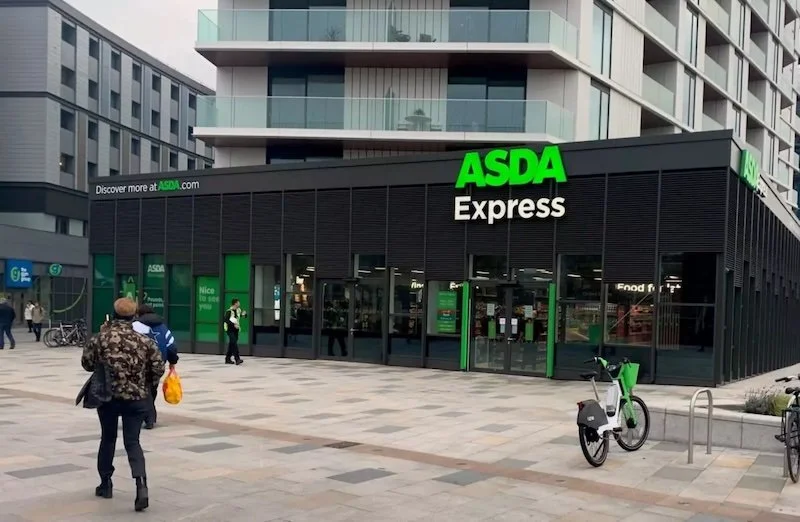
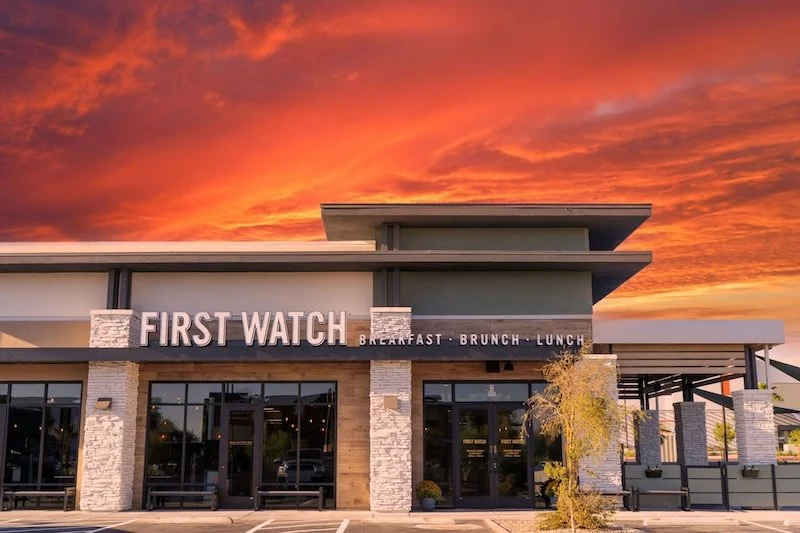


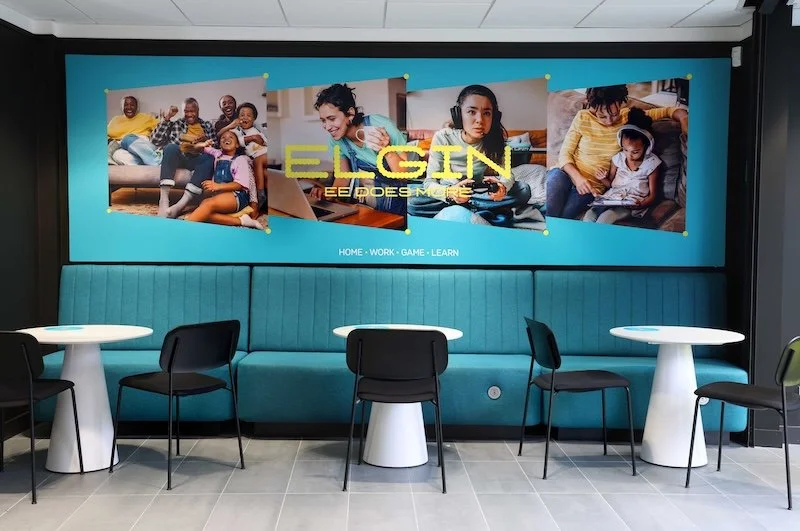

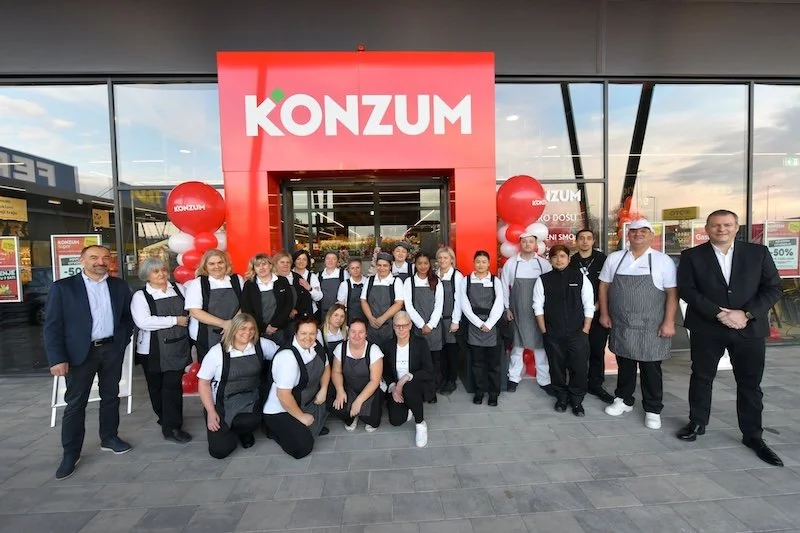




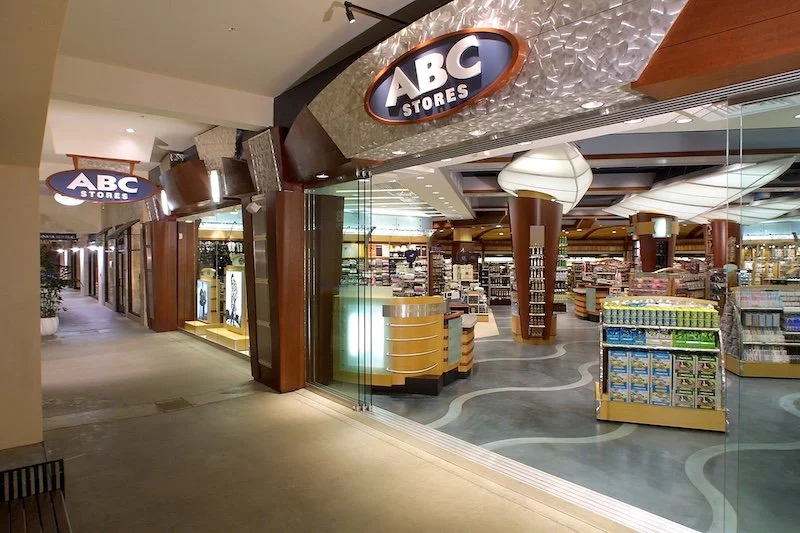














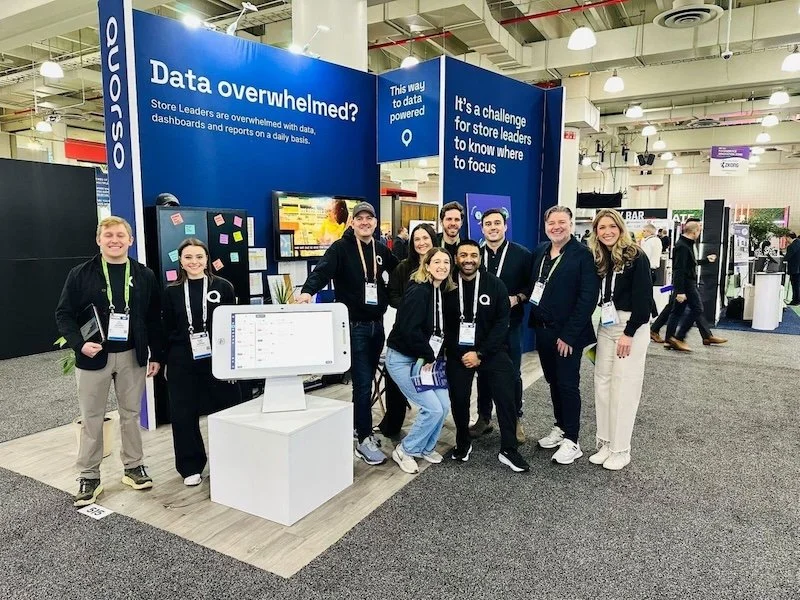
Continue reading…